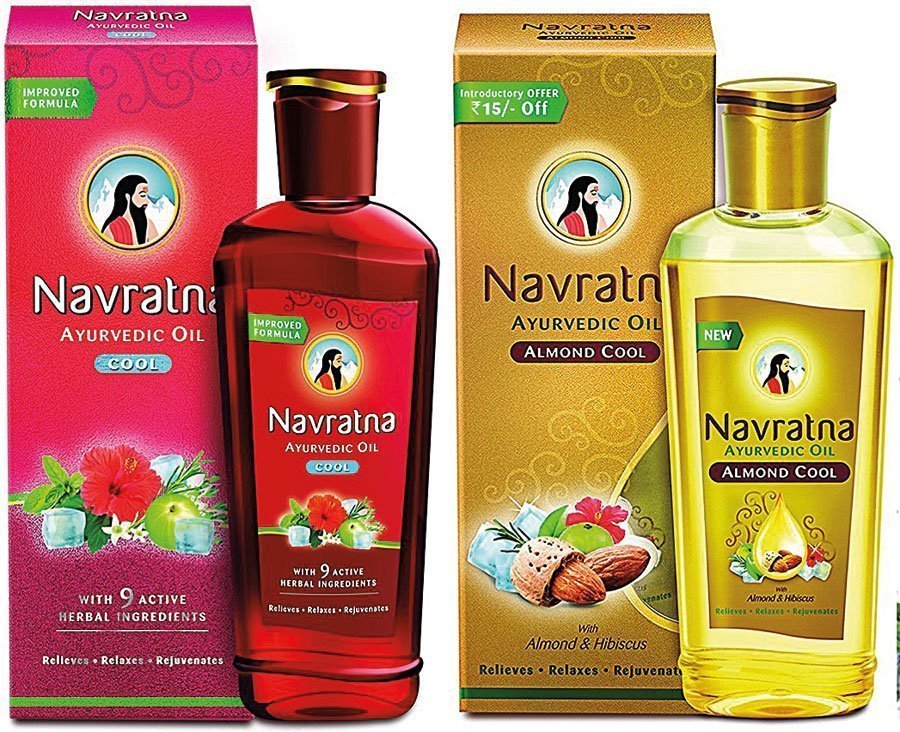Founded by two visionaries, Mr. RS Agarwal and Mr. RS Goenka, Emami Limited is one of the fastest growing Indian FMCG companies and a key part of the larger Emami group. The product portfolio of Emami is in line with their vision of ‘Making People Healthy and Beautiful, Naturally.’ It covers a wide category spectrum of products in skin care, hair care, health care, personal care and pain management with presence in more than 60 countries. We asked Emami’s senior vice president of Packaging Development, Pradeep Pandey, to speak about the company’s packaging in the light of the new plastic waste management rules that are coming into force.
Tell us about Emami’s consumer product segments and key brands.
Our top power brands like Boroplus, Navratna, Zandu, Fair & Handsome, Kesh King, 7 oils in 1, HE, and Diamond Shine work across socio-economic classifications, age groups and geographic constructs. The Emami group is diversified, being in FMCG categories, edible oil, newsprint and paperboard, infrastructure, cement, bio-diesel, ball pen tips, health care, pharmacies, retail and contemporary art.
Our core brands continue to be market share leaders in their respective categories Boroplus (74.4%); Zandu Pain Management (53.3%); Navratna (63.8%); Fair & Handsome (65.7%); and, Kesh King (27.9%), with consistent incremental market share. Holistic and in-depth consumer insights, cutting-edge technology in product development, packaging innovation, strategic marketing and sales initiatives are key in maintaining these leadership positions.
How is Emami leveraging innovation in packaging?
Innovation, which is very close to our chairman’s heart, is a core value in the culture of the organization. Emami always appreciates, encourages and delivers innovations in packaging through a variety of initiatives with consumer convenience and shelve-winning propositions as success measures. Our packaging has received several industry awards and recognition such as India Star, Asia Star, World Star and as place holders in premium magazines due to its design excellence.
What are the changing market demographics? Rural versus Urban? Categories of markets?
At a time when the majority of FMCG companies in the country was focusing on the cluttered urban markets, Emami was consistently maintaining a balance by developing niche and relevant products that were strategically priced for its vast rural consumer base. In India where a majority of the population is still in rural areas, Emami reaches them through more than 8.5 lakh retailers under direct coverage. At the same time, it is expanding its distribution network to more than 25,000 villages in line with our promise to touch the life of rural consumers, with products that serve their needs and delight them on a daily basis.
Similarly, our move to invest in the start-up Helios Lifestyle – which is an online premium male grooming company widely known as ‘The Man Company’ brand – will help to expand our presence in the premium male grooming category. Emami’s new age products comprise differentiated offerings based on the age-old wisdom of Ayurveda. We own the equity of the Zandu brand as one of the best Ayurvedic brands developed with our history-making technological knowhow and understanding of consumer needs. Recent strategic investments in Brillare, which offers natural and premium salon products and the launch of multiple brands and portfolio extensions are in line with this strategy to promote natural and Ayurvedic products.
What’s Emami’s stand on the government’s Plastic Waste Management rules? What are the challenges for the industry in doing this? Is it possible for competitors such as Emami, HUL, Dabur and Godrej CP to work together? If so, how?
Plastics have become the material of choice for FMCG packaging globally due to the range of benefits, including cost, functionality and efficiency. Energy (in kWh) required to process plastic is significantly lower (approximately 3.1) against paper (7.1), glass (7.9), steel (13.9), and aluminum (74.1). Multilayer plastic provides the best barrier versus weight versus cost ratio against other packaging materials and drives lower carbon footprint in production and in the supply chain.

The plastics industry is also an important part of the Indian economy employing around 4 million, and it’s expected to grow at a rate of around 20%. With these growth trends and as a country with heavy reliance on un-organized waste collection, India has a significant challenge ahead to tackle domestic plastic pollution. Currently, approximately 8 to 11 kilograms of plastics is consumed per capita each year in India, compared to China (38 kilograms), Europe (50 to 65 kilograms) and the US (68 to 109 kilograms). Out of the 8 to 11 kilos per capita consumption, only about 4.3 kilo contributes from plastics packaging. Around 5.6 MT of plastics waste is generated annually across India. It’s estimated that 30% is dumped in the urban environment and of the 70% which is collected 87% is disposed in open dumps where waste-pickers undertake sorting for recycling. Leakage of plastic into environment is a major issue in India as it is globally.
Swachh Bharat Abhiyan, hosting Environment Day, the 2016 Plastic Waste Management (PWM) regulation are some of the key initiatives of the Indian government which demonstrate its commitment and focus towards a cleaner India. Honorable Prime Minister Narendra Modi also announced in June 2018 that the government intends to eliminate single use plastics (e.g., carry bags, disposable cutlery, straws, bottles, etc.) by 2022. As per the PWM (March 2016), manufacture and use of non-recyclable multilayer plastic were to be phased out by March 2018.
This order was amended again in February 2018 and the ban of “non-recyclable multilayer plastic” was replaced with “Multilayer plastic which is non-recyclable or non-energy recoverable or with no alternate use.” The change was primarily due to lack of large scale solutions for recycling and reprocessing of multi-layer plastic waste. This helped industry to continue using MLP and to work in parallel for developing the infrastructure for waste collection, recycling, energy recovery or for alternate uses of plastic waste. The PWM rule also clearly defines ownership of waste collection to producers under Extended Producer’s Responsibility (EPR).
Most of the FMCG companies including Emami are facing challenges due to the lack of clarity even with their best intentions to support the government’s moves towards a cleaner India. The PWM regulation is asking not to use single layer plastic of less than 50 micron in thickness. This guideline will increase the consumption of plastic in the FMCG sector as there are many use-cases where a less than 50 micron single layer film can deliver the required functionality. The convenience of waste collection by increasing the thickness is not a strong justification. It would be better to focus on building systems and infrastructure to encourage rag pickers to collect these thin (less than 50 micron) single layer films used as packing materials.
Emami as a company is committed and continuously working towards sustainability and delivering our responsibility as producer. Packaging material optimization is one of our ongoing efforts to optimize packaging material without affecting product’s quality and consumer experience. Our investment of more than Rs 300 crore in an international standard state-of-the-art manufacturing facility in Assam with high-end packaging production and high-speed packaging equipment is a strategic choice to drive a better energy ratio for production. This is the first manufacturing setup using a solid fuel fired steam generating unit and is a zero discharge plant. Our paper board plant is helping to recycle paper and paper board whereas our cement plants are supporting energy recovery through incineration process of plastic waste.
Under EPR (Extended Producer’s Responsibility) we have already taken a step forward in collaboration with more 30 FMCG companies in a consortium to sign an MOU with an organized company who will be helping to collect plastic waste and recycle it in some states, to start with. After a successful pilot program, we are committed to expand this effort to other states in collaboration with the government and industry consortia.
Similarly promoting PCR (post-consumer recycling) requires cleaner waste collection and processing supply chain. Recycling is more favorable for the environment than thermal treatment but both options are preferable to landfills. The recycled PET (rPET) has a carbon footprint of 0.45 kg CO₂ equivalent per kilogram. That results in approximately 80% less green-house gas emission compared to virgin PET (2.15 kg CO₂ – equivalent per kg). Effective collection, segregation and recycling of these plastic materials would encourage industry to use PCR in their packaging to drive better sustainability. Industry commitment and hand in hand partnership with government will definitely help to work on this challenge effectively and provide cleaner tomorrow to our next generation!










